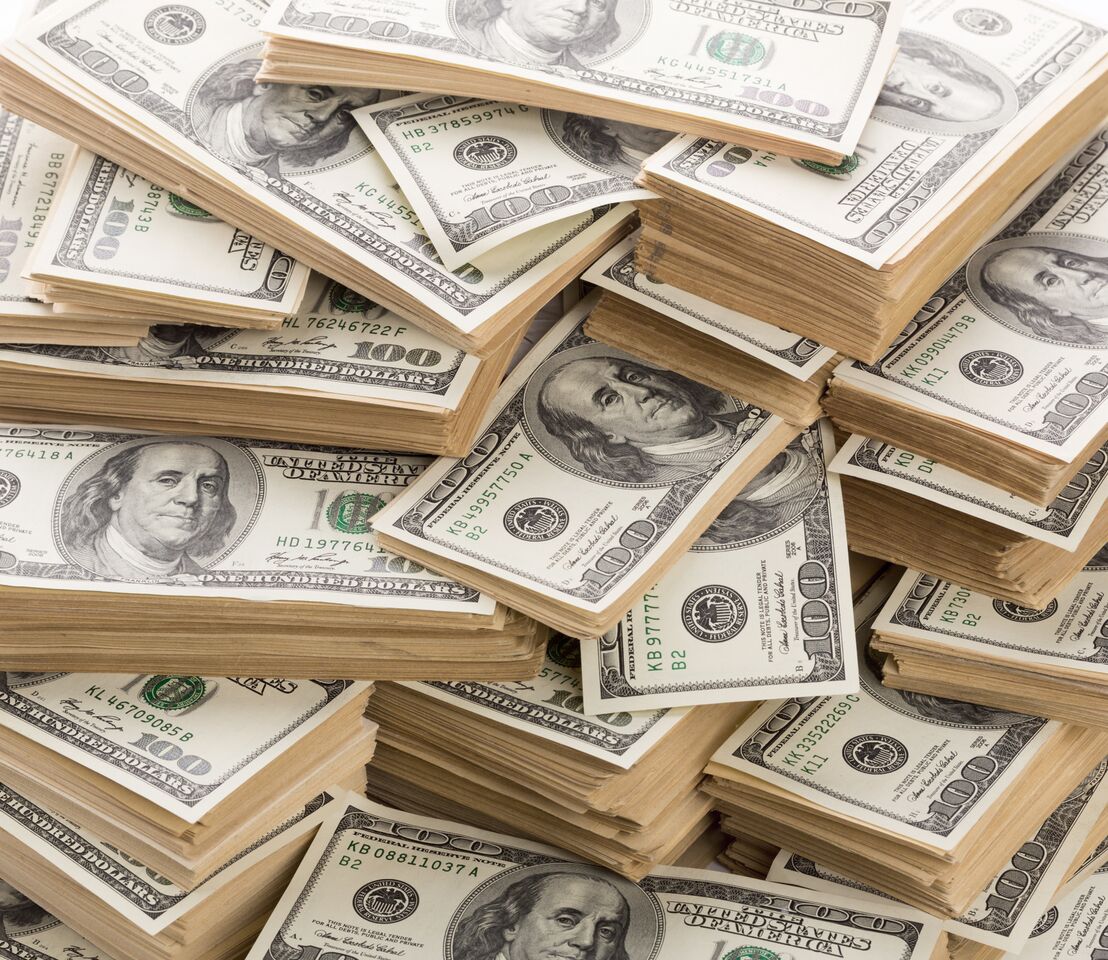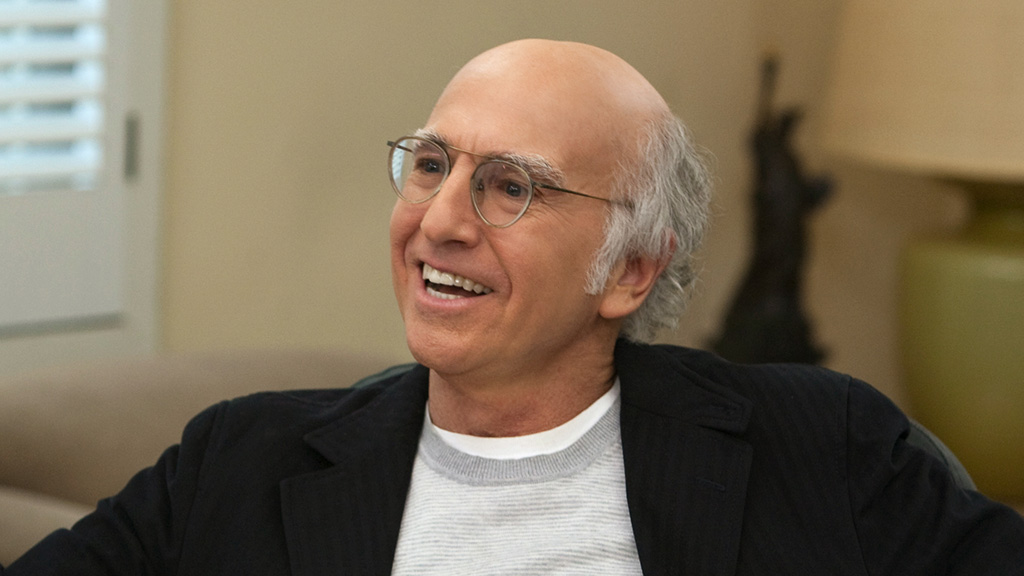I wrote two articles during the pandemic, one around the beginning and one in the middle. It’s time to complete the trilogy.
Our industry has been given a once-in-a-lifetime chance to fundamentally change itself. How we market, price and operate hotel assets needs to evolve to meet the changing market landscape. Here are my thoughts on how to make real changes in order to embrace the tremendous opportunities that lie ahead.
Embrace the Hard Reset
The hotel and travel industry was ground zero for the impact of global lockdowns: the hard reset button on the entire industry was pressed. A hard reset on an electronic device returns it to blank factory settings. It wipes out all your history but then gives you a chance to start over. A chance to build things the right way. Imagine recovering from this hard reset without making fundamental changes to the way we run our businesses. If we fail to change and decide to embrace the “old status quo,” then we are leaving a legacy of mediocrity. Being of “mediocre talent” is one of the greatest insults, coined by Bill Murray during his SNL days. Can you really imagine coming out of this global pandemic and not changing anything?
Change has to come from the top. Do you want to be known the “Status Quo CEO”? A leader who did not make improvements, even when an unprecedented opportunity for change was handed to you? Swift recovery for leisure travel will protect the laggards…but not for very long. Those choosing not to evolve will encounter more and more problems. What happens to problems in any industry? Simple: your competition solves them and moves ahead. That’s how business evolution has worked time after time after disaster struck.
I can see the dinosaurs in the hotel business currently grazing in the fields of returning leisure travel demand, ignoring the giant meteor that has crashed in their backyard. The pandemic has changed all the rules. Let’s embrace the hard reset and do things that were previously considered impossible.
Please Let My People Book
In the spirit of the Bernie meme: “I am once again asking you to please let your guests book a room on your website.” Many hotels jumped to put up the Covid-19 super mega pop-up banner during the pandemic. Now, even as we move into recovery, many continue to flash Covid-19 warnings on their website. A hotel website is not CNN.com or The New York Times, where your guests are coming for the latest updates on the virus. Your focus needs to be on providing a clean and safe space for guests, and letting them book a room without jumping over usability hurdles.
Flashing a full screen pop-up/promo on the home page was tacky long before the pandemic. Pop-ups are not content. (Wait, didn’t someone write about usability mistakes to avoid back in 2016?) A brave friend of mine who traveled in the middle of the pandemic told me she had to close three Covid-19 pop-ups and warnings in order to see a hotel’s booking link on her phone.
I’m sure that a lot of changes have happened at your hotel since the pandemic began. That’s ok, your guests know that. Please neatly organize your content on a separate page that is easy for guests to find. With demand returning, people are once again looking for experiences, stories and engagement. But the first step to profitability is letting them book a room.
Keep It Clean
Cleaning has become front and center on a lot of hotel websites. However, please try not to sound like you never cleaned your hotel before the pandemic. This is an opportunity to share the fact that you have always always been cleaning to a higher standard than random people renting their condos/homes on the side.
This is a big marketing opportunity that big brands leave on the table. There has never been a better time to celebrate your most important and often ignored hotel department: Housekeeping. Brand or independent, you have always had this huge advantage over casual short-term rentals. A whole department that you hired with the sole purpose of cleaning and keeping your guests healthy.
I > AI
Almost all hotels have been sold on the idea of an AI-powered, supercomputer revenue management system, property management system, etc. A system so powerful that, when it is not calculating the width of newly discovered galaxies, it is keeping a keen eye on your rates, revenue, rooms and profitability. Unfortunately, as a general rule, hotel software companies tend to massively oversell and underdeliver when it comes to real world results.
Why is there so much hype in hotel software marketing? The answer is quite simple: The vendors know that hotels will not leave once they implement something. Remember the “Status Quo CEO” I mentioned earlier? Those guys never want to change anything, no matter how outdated it gets. There are connectivity fees, operations hassles, fears about downtime, and the time it always takes for the staff to learn something new. Most “mediocre talent” will stick with their usual vendors, even when they are fully aware that the product is not working very well. Therefore, all software vendors have to do is generate hype and close the deal. Then they can sit back and collect fees.
The pandemic has highlighted the fact that we still need actual humans to make things happen. Even the best hotel revenue software systems cannot work well without historical data. Remember those “unprecedented times” we just went through? Guess what? Your revenue software will not be solving an equation for a situation that has never come up before. Hey, it was barely keeping up to begin with. Here I would like to give a shout out to the revenue professionals who step in when software fails and boot up their humble Excel spreadsheets to make money for their hotels.
The pandemic is a not-so-gentle reminder that when it comes to long-term profitability and pricing strategy, the right humans (at least for now) are still useful.* When entire markets are restructuring, pre-programmed formulas will not work; the reality of machine learning is not here yet. Everything needs a rethink that goes well beyond a simple algorithm that updates your rates based on occupancy. Loyalty needs to be reimagined, as do business segments. People will have to solve these issues. A balanced investment in software and smart people is crucial to having a successful commercial department at your hotel.
*If the AI machines have taken over and are reading this article in the near future…Please don’t kill me, Hal 9000!
Understand Demand and Pricing
The pandemic gave rise to some enlightened pricing specialists. I wrote about this enlightenment phenomenon in detail in my last article. I respect the power of pricing, but the pandemic reconfirmed a hard fact:
Lower rates do not magically create demand.
Demand exists for a geo location, and you use pricing to capture it. Price alone will never magically create demand out of nothing.
Some folks insisted that a $50/night rate would make someone triple mask up and risk their long-term health to visit an island resort in the middle of the lockdown. In my opinion, people that are lowering rates and then yelling “heads in beds!” on conference calls (like they are pandemic revenue experts) should be referred for mandatory counseling.
Pricing is a powerful tool that can help you capture market share. But it has to work in tandem with your marketing and net operating income goals. There is a cost associated with every distribution channel. Yes, even your most hyped and beloved source (direct revenue) is not giving you free money. Before pricing decisions are made, you must consider the cost of getting every dollar to your bank account.
Short-term thinking makes folks treat pricing like a magical ATM machine that will spit out cash every time you punch a few keys. Using dynamic pricing and just dropping rates are not the same thing. You must protect your asset’s long-term profitability. I wrote about pricing strategy last year in the middle of the pandemic and am glad to report that most of my predictions and recommendations played out well.
Remote Rules Everything
The pandemic has shattered the myth of mandatory in-house revenue, sales and marketing teams. Outside of Operations, team members don’t need to be on site. Other industries that have embraced remote work and hybrid setups are thriving. Imagine reducing costs, increasing productivity and curtailing employee turnover in a single swoop! The commercial/office space industry is in turmoil as more and more employees and employers realize that commuting for hours to sit in a cubicle is often a huge waste of time and money. Time that can be spent doing actual work instead of commuting. Money that can be going to your bottom line instead of rental space.
Revenue Culture Wars
One terrible excuse used by in-house team advocates is that working from an office helps ‘build a revenue culture.’ I have worked with some of the best people in the hotel revenue and marketing realm for more than two decades. They all have one thing in common: remote location friendliness. They manage or belong to a global team of high performers and deliver stellar results. I have always strongly held this belief:
The revenue culture, my dear Watson, is in the results.
When I hear people tout “revenue culture,” I roll my eyes so hard that they sometimes get stuck in the back of my head. I have personally experienced these pseudo culture types in hotel organizations. It usually starts with the CEO/President reading a Tony Hsieh or Malcom Gladwell book. Next thing you know there is a printed company culture book where employees are required to give yearly quotes next to photos of themselves having the greatest time of their lives at the office. Everyone has to say they love working for the company…surreal. Meanwhile, those same employees usually wouldn’t last long enough to be in the next book because of workplace toxicity, nepotism and misconduct. Seasoned employees jokingly pointed out that those asked to leave quotes in the “culture book” during their first year would be the first to leave. That was often true.
Talent Retirement Centers
Efficiency is higher in remote work, according to experts in every single productivity study. You may be a hotel owner/management company with hotels all over the world. Yet, when it is time to build a world class marketing and revenue team, you relocate them to…Dallas!? (Nothing against Dallas. Some of my best, most talented hotel homies live there.) Why would you limit yourself to “mediocre talent” and build a retirement center for them instead of a growth organization? Mandatory relocation does not build a team …it builds your already inflated ego. Leaders should fight the primal urge to walk around the office as the mighty powerful leader, overlooking the minions in their empire.
How about a hybrid model? Then you still get to do your walk of glory several times a year when the entire team is together. Remember, you’ve still got the corner office, baby! Some of your talent needs an office, while others thrive in their home location. You want to see revenue growth? Spend your relocation budget on performance bonuses and watch your company morale and profits soar.
Industry leaders will have to put their profits ahead of their egos and fish in a larger ocean of brilliant candidates. Why settle for average revenue and profits when (to paraphrase Brando in On the Waterfront):
“You could’ve had class. You could’ve been a contender!”
Don’t be that organization shuffling a team of Grade B and C players in and out of your organization based on whether they are willing to relocate. A happy and motivated team working remotely will run circles around you.
Stop the Entropy
No word captures the despair and hopelessness in an organization like entropy. Defined as a gradual decline into disorder, entropy is easy to spot in both large and small hotel companies. I have done several paid and voluntary audits for hotel companies throughout my career that had one single culprit for their decline: Corporate Entropy!
The pandemic further exposed entropy in many hotel companies and has accelerated their decline. Those who embrace status quo right now are extremely vulnerable. A deep pocket investor can temporarily rescue some of these organizations, but the writing is on the wall.
Ten questions for the CEO of a hotel company:
- Have you focused your investment and development efforts on a department other than Operations?
- Do you really need that many Vice Presidents?
- Are you still running your sales, marketing and revenue departments separately with different leaders?
- Are you spending on outdated revenue and marketing software that is not much better than an Excel spreadsheet?
- Do you still require your top-performing talent to be based in-house?
- Are you still wasting time on mandatory team meetings?
- Does your revenue team have to copy several people on an email or hold a meeting in order to make rate updates for your hotels?
- Does your marketing team have to copy several people on an email in order to change a website photo, create a promo, or update some content?
- Instead of doing actual work, are your departments just managing external vendors and juggling reports?
- Are you running a retirement home for corporate employees instead of a growth house for talented individuals?
If you answered yes to these questions, you may be in trouble.
I used to joke that I was the Vice President of Vice Presidents during my time as a corporate employee. I have also worked at organizations where the leadership turned their smartest people into reporting monkeys, focusing on the visual formatting of their reports instead of using their spectacular insights.
Corporate Entropy is like diabetes; it is a silent killer. If you continue to ignore it, you will pay a heavy price. However, if you diagnose it in time and manage it well, it can be reversed. As with diabetes, lifestyle changes are crucial to success. You need to form healthier corporate habits.
Discovery of entropy in your organization is not a death sentence. It’s a wake-up call. An excuse to overhaul stagnant corporate practices has literally fallen in every CEO/President/VP’s lap. Good luck. We are all counting on you.
Stop Working With Jerks
Hotels are a capital-intensive business. With high capital comes a high chance of running into jerks. Hotels are definitely a magnet for inflated egos. Jerks are not always high net worth individuals…but we all run into jerks at some point in our careers.
Workplace jerks hurt your health in so many ways. From raising your blood pressure, to weakening your immune system, to making you more susceptible to an array of maladies both physical and mental. Also, the jerk condition is highly contagious and you might unknowingly bring it back to your personal life! Even more scary: dealing with jerks is harming your career by distracting you from doing what you do best. I’m trying hard not to sound like a life wellness coach here, but there is a heavy price to pay when you work with jerks.
Conversely, the benefits of working with good people go beyond anything yoga, Peloton or SoulCycle can do for your overall health. If you are experiencing a career reset during this time: Why not reset your standards on the kind of people you are willing to work with every day?
The pandemic forced many of us to be away from the office. Taking this time to reevaluate your life and work goals is not a bad exercise. If you return to the workplace, make a valiant effort to avoid joining or rejoining toxic environments. Reminder: We have limited time on this planet.
The past 18 months have solidified my relationships with the nice people in the hotel and travel business. I have already lost my tolerance for jerks in the workplace and refuse to work with them. Life is not a romantic comedy where you can convert a brilliant jerk into a loving hero, who was essentially a good guy all along. Jerks don’t change; they are about that jerk life. Don’t believe me? Trust Reed Hastings on this one. You spent a lot of time on his 250+ billion dollar platform during the pandemic:
“Do not tolerate brilliant jerks. The cost to teamwork is too high.”
– Reed Hastings, CEO Netflix
Last year exposed the fragility of life. Don’t waste your time with jerks who are masquerading as brilliant industry saviors. There are so many good good people out of work right now. There has never been a better time to build your nice-people-dream-team hotel company.
Say Goodbye to TripAdvisor Spending
The pandemic accelerated the inevitable decline of one of the most successful travel review websites in the world. I wrote about this massive change coming to the review business back in April of 2019. Businesses built on Google cannot survive once Google decides to do exactly what you do…only better.
TripAdvisor had a chance to be great but, like most corporations, it went for greed. All that easy ad revenue from hotels was too much to pass up. Their basic hotel listing (a simple link to your hotel website) used to cost small hotels $15,000 to $20,000 per year! And hotels were paying this money because they feared that they would lose their rankings. They could see it happening all around them even though it was always blamed on the magical “algorithm.”
Today, TripAdvisor is offering the very same link to small hotels for $350/month. You don’t want contracts? No problem! Pay as you go. The simple directory link from the before-times was marked up 20X for only one reason: to build their cash reserves. Let’s not forget this fact when this same old directory listing starts to go up in price as travel sector recovery solidifies.
As Google My Business continues its march to become the most relevant review website in the world, you should shift your focus to your business listing. That’s where your guests are leaving and reading reviews. Paying $20,000 for a linkback from a review website will soon be looked back on as a silly thing hotels used to do when they didn’t know any better.
Recently TripAdvisor launched “TripAdvisor Plus,” a travel subscription for guests that will cost $99 a year and get people discounts on hotel rooms. It’s another product created to boost their own revenue that does nothing for hotel owners. Remember kids, these guests were already going to come to your hotel. Now they will just come in at a lower rate. So, we are building loyalty for TripAdvisor using our hotel assets.
Right now TripAdvisor sits on a mountain of cash, thanks to the hotel industry. They will be fine and will not be going away anytime soon. Hotels, on the other hand, need to stop spending their money on outdated platforms.
Communicate Better
Most of the big box hotel brands struggled to effectively communicate with guests during the pandemic. Why are brands finding it so hard to to talk to human beings?
Over the last year, Hilton Hotels has sent me an email every month offering me a $119 rate in Orlando. Now that recovery has begun, the rate has gone up to $249, but it’s still the same email. I wonder how I got on the Orlando email train with Hilton! I am not the lead guy in the Book of Mormon musical.
Meanwhile, Marriott’s Bonvoy has been telling me that I must explore the wanderlust they know is, and I quote:
“eating me inside.”
Coming out of the pandemic, do we really have to talk to people like this? A multimillion-dollar marketing budget, thousands of meetings, and this is the best they can come up with?
No conversation about hotel communications and CRM can be complete without referring to my perennial favorite: Melia Hotels. They inspired my hotel CRM guide and also made it into my first pandemic article by sending me a 45% off promo email the week the whole world was shutting down! Guess what? They read my blog, completely transformed their online strategy, and sent me a thank you basket….just kidding! They sent me one or two emails every month offering me the usual 25% to 45% off every single time. What really caught my attention was this:
Three hits right out of the park:
- Embedded autoplay video
- Bad grammar, spelling and content breaks
- Amateur photoshopped image of lady walking on water
The pandemic (so far) has killed around 3.93 million people worldwide. How does this line pass any marketing meeting, even in the most entropic organization:
“Your house, so happy that you are not there.”
– Melia Hotels
However, not all is morbid on the communication front. One of the best emails I have seen during the pandemic did not come from a hotel brand, but from one of the fastest-growing OTAs in the world: Airbnb. It is possible to talk to people as if they were people.
In this simple email, Airbnb communicates some important points with finesse and empathy. They have non-sarcastically hit it out of the park in three ways:
- Empowering Hosts: Without hosts, there is no revenue. Offering them communication options was a great idea. When was the last time a hotel brand asked you what kind of marketing content you wanted to receive, and how you wanted to receive it?
- Providing Useful Content: 40% to 50% off discount emails are not communication. They are hotels shouting on a bullhorn to their entire database. This message is nicely targeted and provides information the hosts need.
- Using an Effective Layout: Clear calls to action, clear headline, personal and emphatic tone.
Hotels, please embrace sympathetic marketing. You can be edgy and creative, but you don’t have to be insensitive.
Conclusion
A spectacular recovery is in progress. I am extremely happy to have wasted zero hours on recovery speculation or creation of a pandemic recovery guide. We have a massive challenge ahead of us, no question. The one resource that is going to be more crucial than ever is good people. Your success will depend on who you choose to have on your team as demand fully returns to a hotel market near you.
Finally, one last reminder.
Pandemics come and go. WuTang is forever!


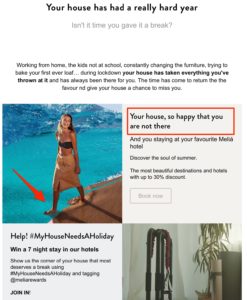



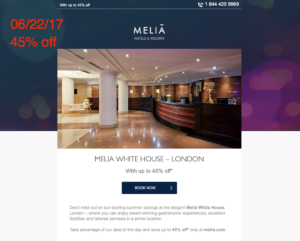
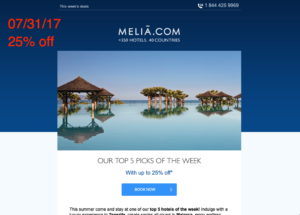
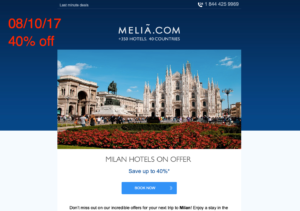
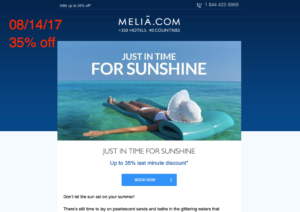
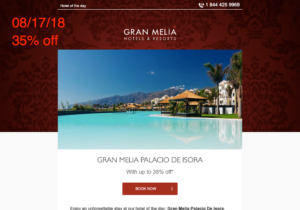
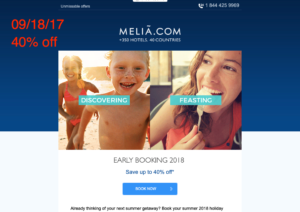
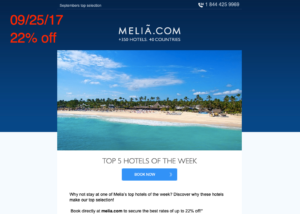

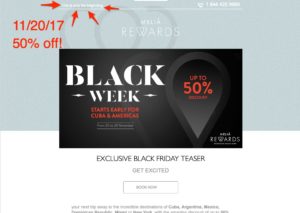
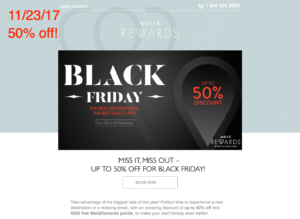

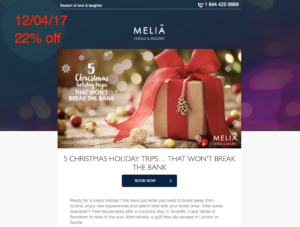
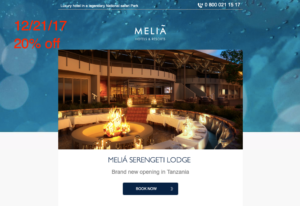
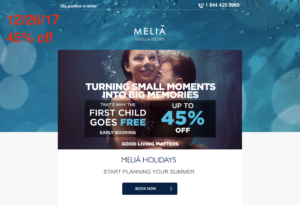
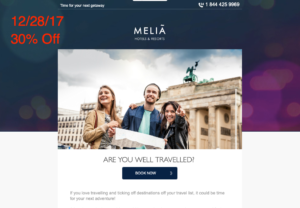
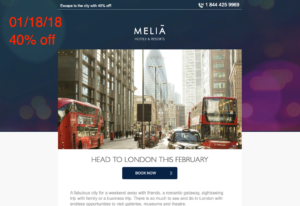

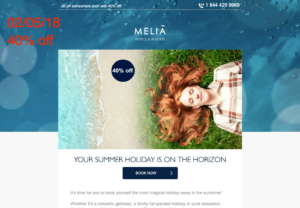
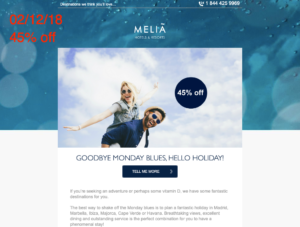
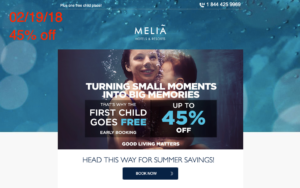

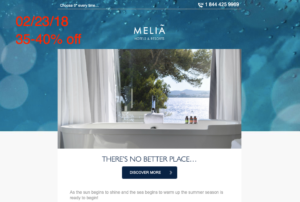
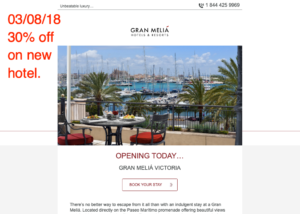
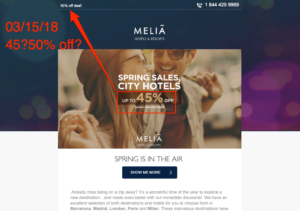
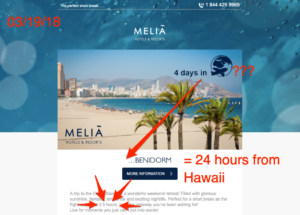
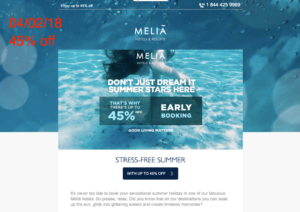
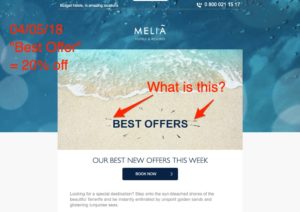
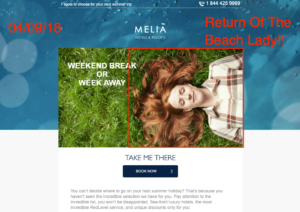
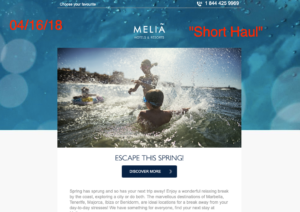
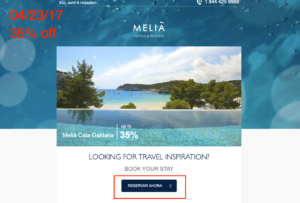
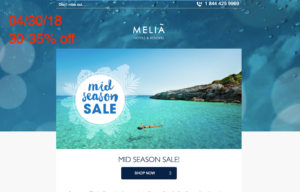
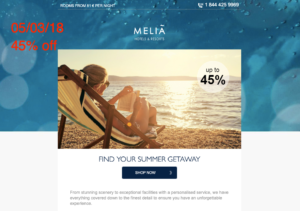
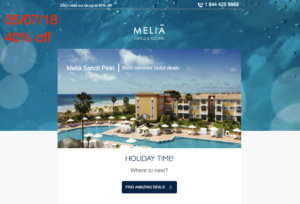
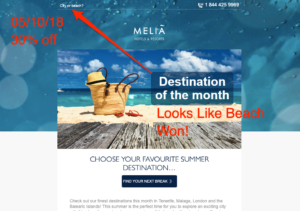
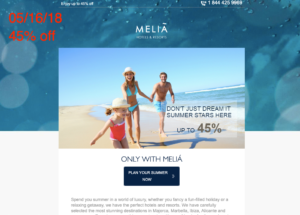
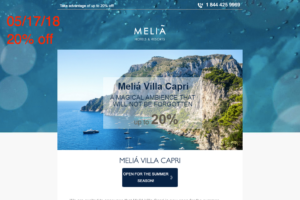
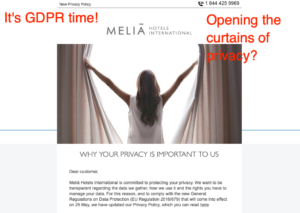
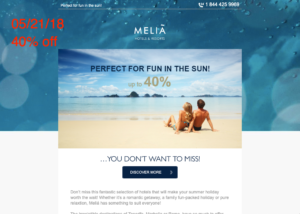
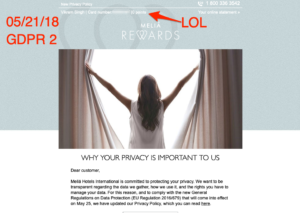
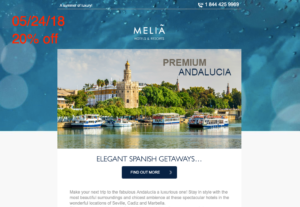
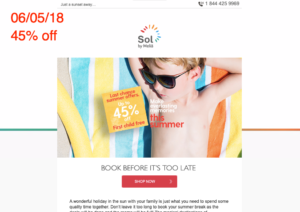
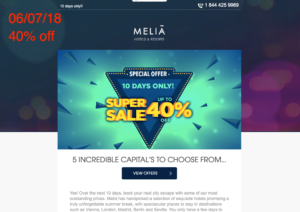
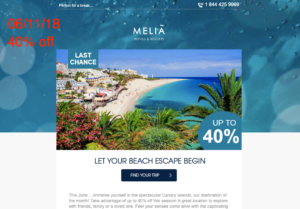
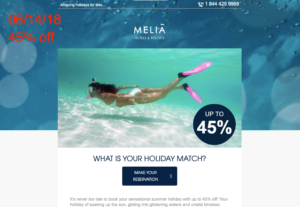
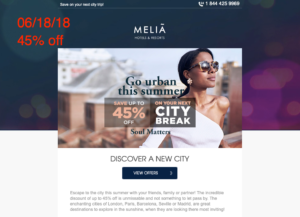
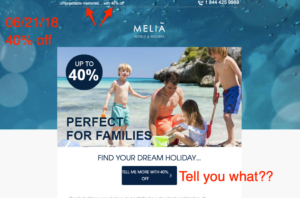
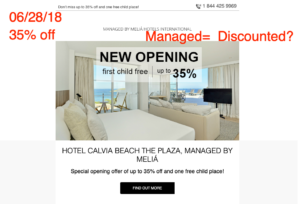

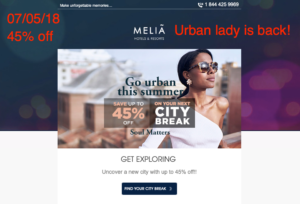
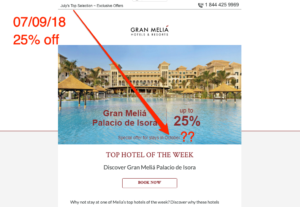
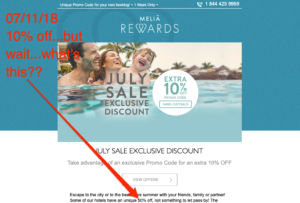
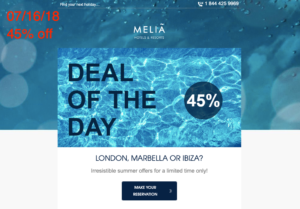

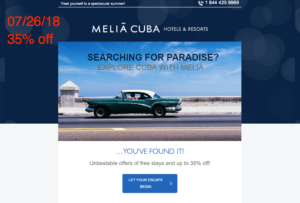
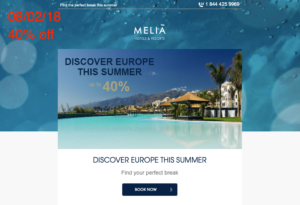
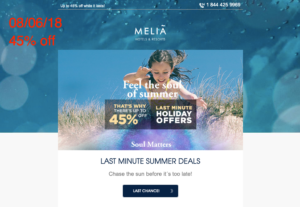
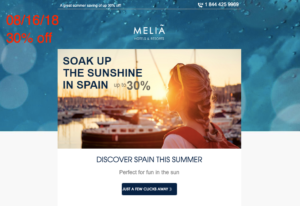
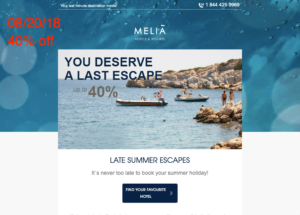
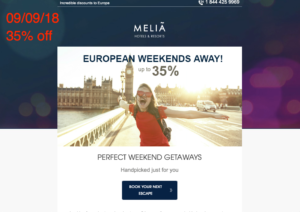
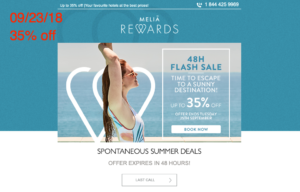
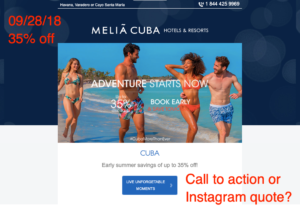
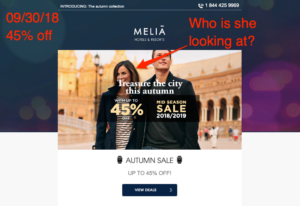
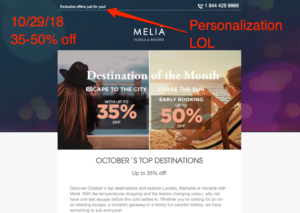
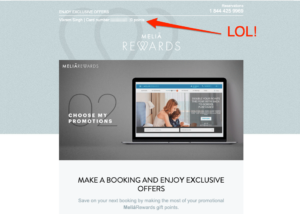
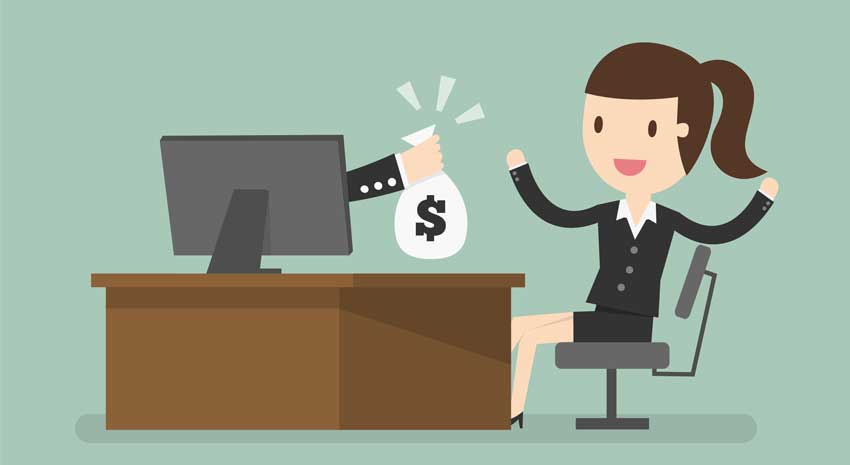
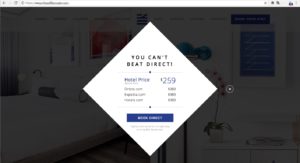
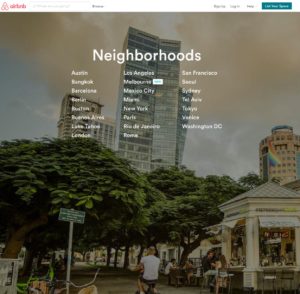
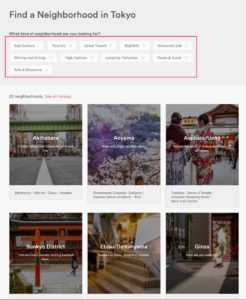
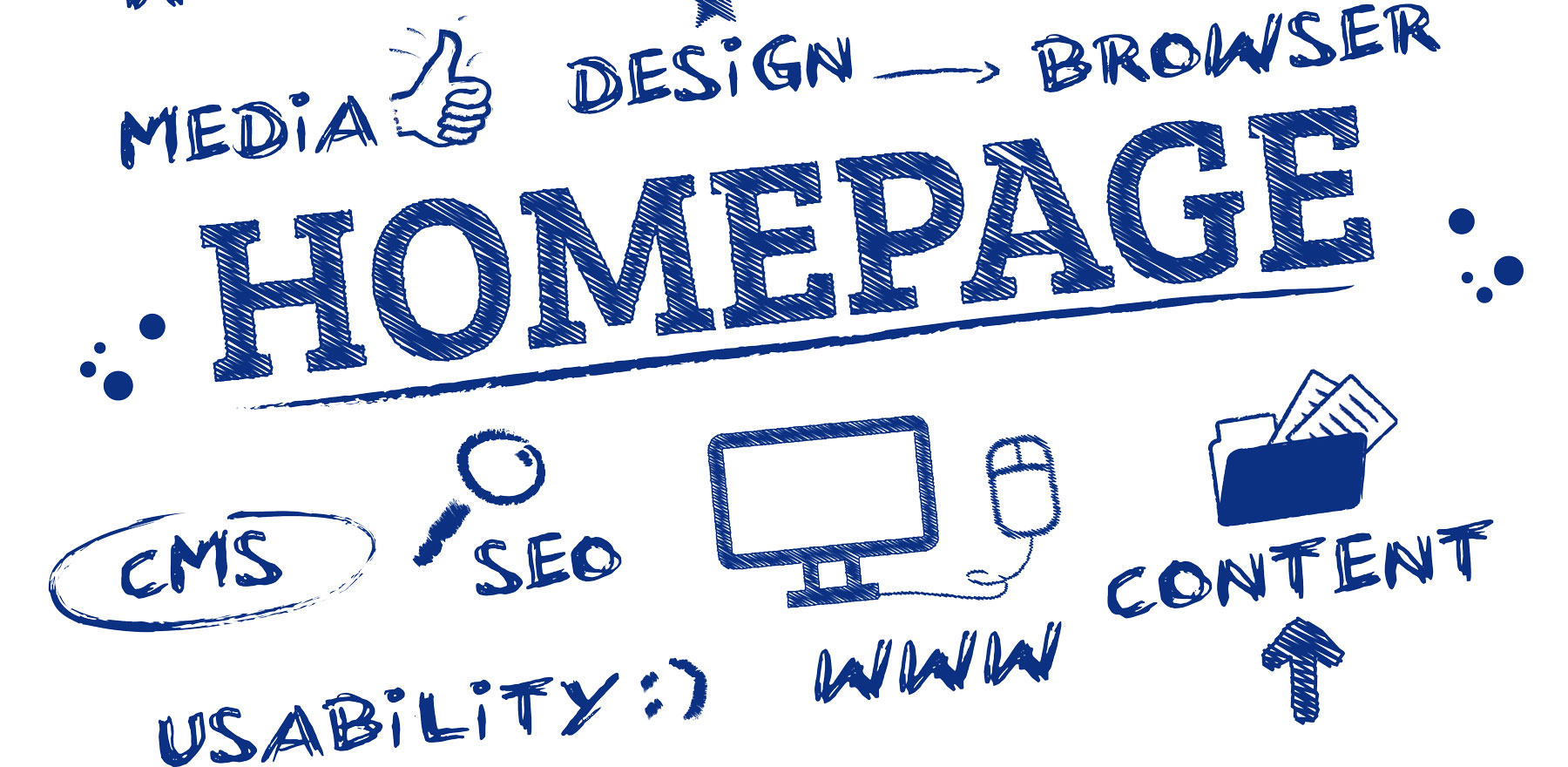

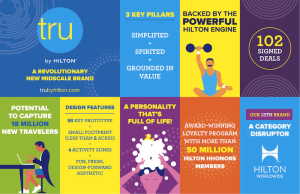

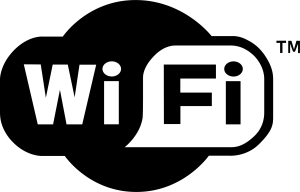
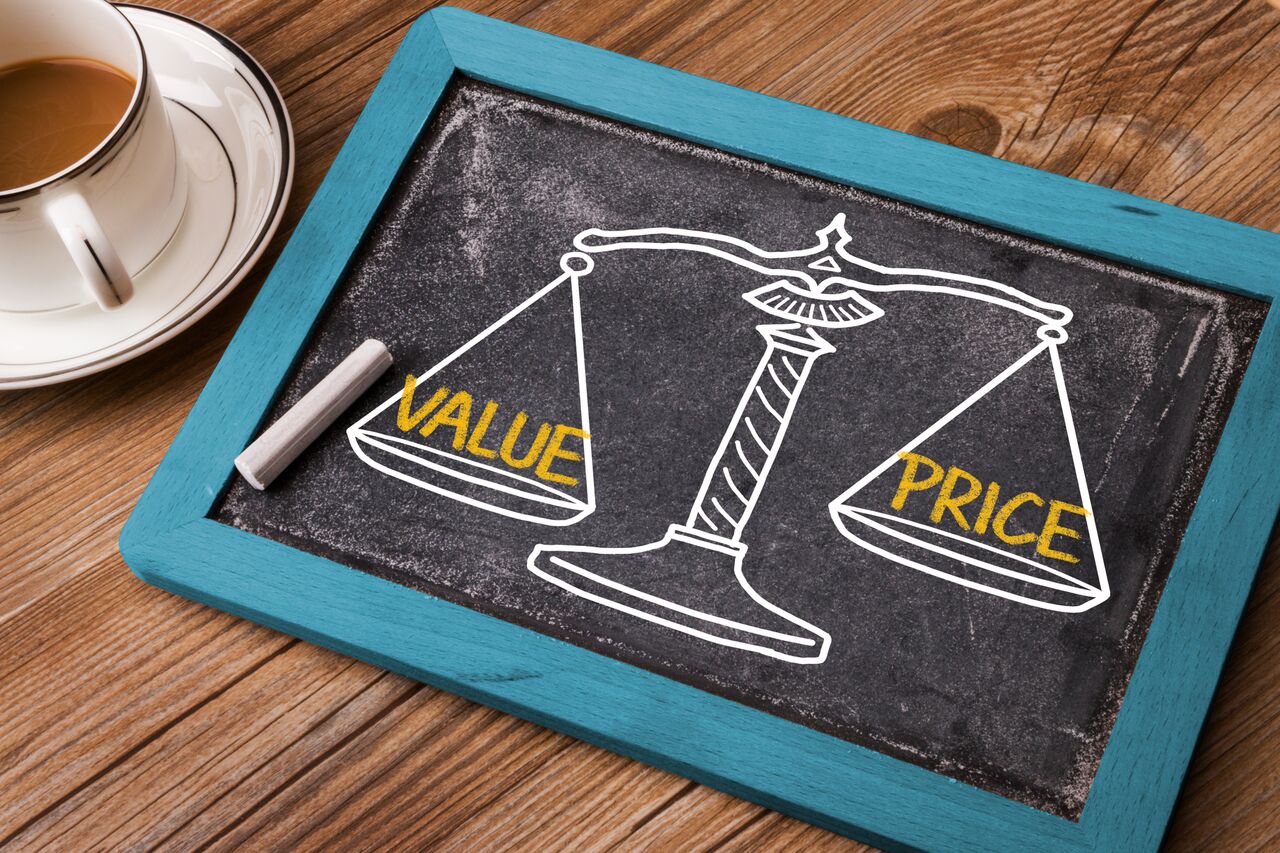
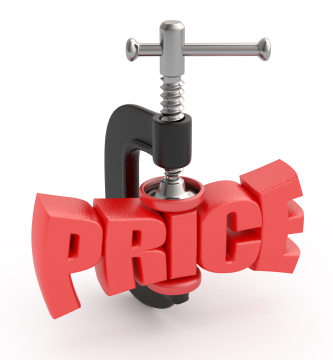
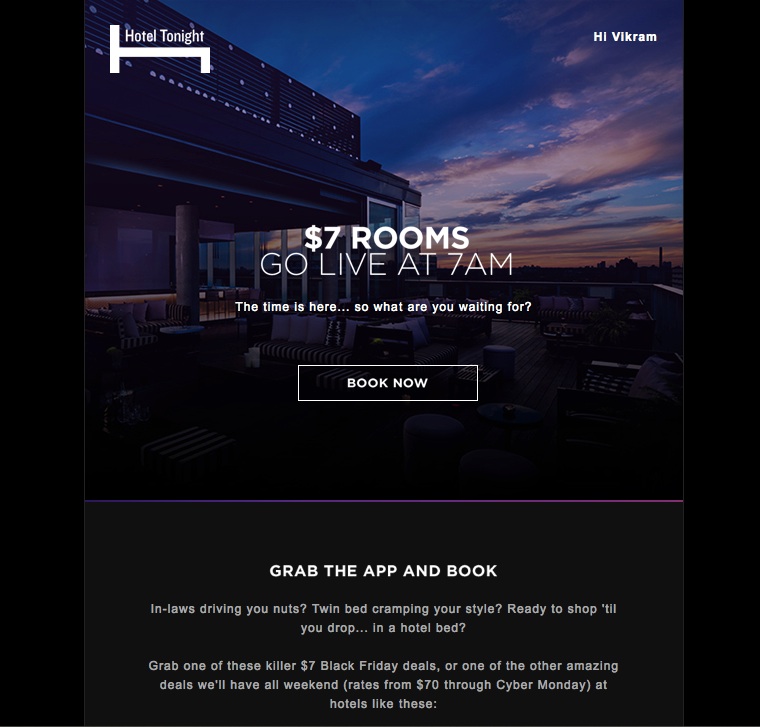 All were all offering a $7 rooms for a limited time starting at 7 am.
All were all offering a $7 rooms for a limited time starting at 7 am.